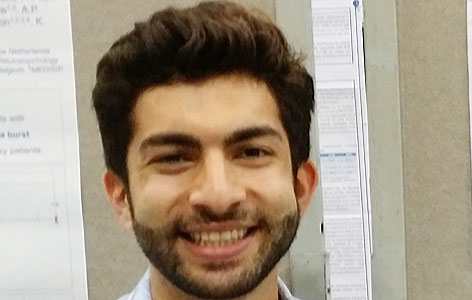
Conference: 2nd International Brain Stimulation Conference, March 5-8, 2017, Barcelona, Spain.
Conference Highlight: A recurrent theme presented through many presentations and symposia was to be open minded about neuromodulation trials and learning from failure. Through this approach one can gain knowledge from subjects who have responded and those who have not, providing an opportunity to maximize outcome in non-responders of neuro-stimulation techniques and inform the design of future studies.
Conference Summary: Two of the most stimulating talks pertaining to the areas of my study include a lecture by Dr. Anthony T.Barker the inventor of transcranial magnetic stimulation (TMS) regarding the history, present and future of TMS. In addition to a symposium chaired by Dr. Hamada regarding the “Variability in response to noninvasive brain stimulation: what’s next”.
The lecture presented by Dr. Anthony Barker discussed the physics of TMS and how that has changed over the years. Improvements in coil design, size, geometry and accurate targeting of the TMS coil has made the application of TMS a critical tool in basic neuroscience investigation. It has evolved to be a more a suitable noninvasive pain-free method for stimulating specific brain areas.
Furthermore, the advent of noninvasive brain stimulation has presented the challenge of identifying biomarkers of response and the opportunity to explore the different approaches of applying noninvasive brain stimulation to reduce the variability of response. The many different type of stimulations available inherently produces variability. The effects highlight the need to develop more robust protocols, and understand the individual factors that determine responsiveness.

